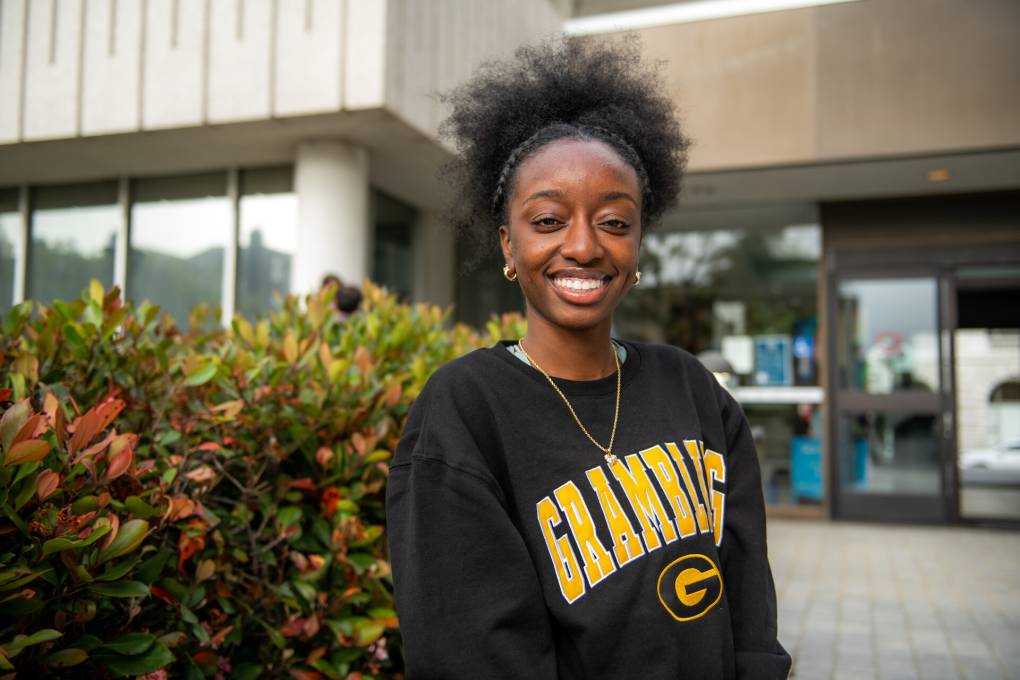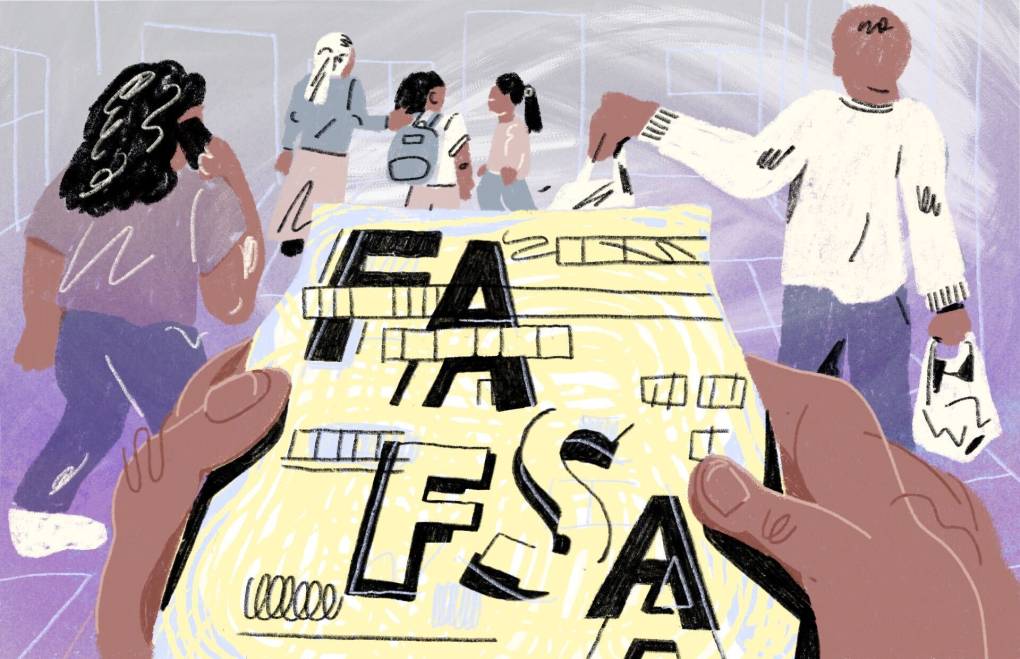“The gap between the represented and underrepresented groups narrowed by 30% relative to the gap in the comparison group,” said William Elliott, a professor at the University of Michigan’s School of Social Work and one of the authors of the study. Elliott has been studying CSA services for years and is familiar with the various positive impacts that these accounts have on students who come from lower-income families.
Having these accounts — and using them — can give kids and their families what Elliot describes as “tangible hope.”
“Tangible hope is when you have reasons in your world, in your environment, that make achieving your dream seem reasonable,” he said. “It’s not that you have all the money [for college] today, but rather the perception that you now have a strategy for how to pay for college.”
It’s critical to also pair this feeling of tangible hope with concrete steps. As your child grows up and gets closer to college, make the times you deposit into their account also an opportunity to talk to them about preparing for college. These conversations don’t have to only be about having the money to pay for school, but can also encompass other ideas like grades, tests and information about specific universities or majors.
After all, having a college savings account (known as CSA) doesn’t mean you’ll automatically have the funds to go to college – but it gets you one step closer to figuring out some really big questions.
“You are giving families access to an institution that allows them to build wealth that’s coupled with a change in attitude and reflecting on what’s now achievable for them,” Elliot said.
There are many types of college savings accounts. Know the differences
Not all CSAs are the same. Some only serve families in specific cities or who have kids starting at a certain age. There are some options, like San Francisco’s K2C, that offer cash incentives when students take time to explore their account or learn more about personal finance. Others offer an experience that somewhat resembles having an investment portfolio, where families can see annual returns based on what they save.
In San Francisco, every student enrolled in the district’, regardless of their grade or academic performance, already has a K2C account in their name with $50 deposited in it, made possible by the Office of the City Treasurer. Parents don’t have to do anything to open up their child’s account – that’s done automatically for them. But if they want to contribute to the account, see the balance, or withdraw the savings when it’s time for college, they need to visit the K2C portal and register their child’s information.
Nonprofit organizations that help Oakland families save for college
The nonprofit Oakland Promise manages two similar programs: Oakland Promise Kindergarten to College helps open savings accounts for families in Oakland public schools and offers scholarships for students who graduate high school, and the Brilliant Baby program, opens college savings accounts with $500 already added, for families who recently had a baby and who qualify for Medi-Cal or food stamps.
Families in Oakland Promise’s Kindergarten to College program have two options: they can either open a college savings account with Self-Help Federal Credit Union at the West Oakland branch or open a 529 plan, a college savings plan that in many cases offers annual returns to the account.
California-based college savings programs
Wherever you live in California, you can always open up a 529 account – even years before your child starts school, thanks to the state’s own 529 plan: ScholarShare 529.
Families can define their financial goals and set the length of time they want to save for. They can even choose for savings to go into bigger investment portfolios, which comes with risk, but also the possibility of annual returns.


